
In Motion Charging: IMC®-Upgrade for E-Buses
The demands on public transportation are increasing: more flexibility, lower emissions, and reduced costs. KIEPE's patented In Motion Charging (IMC®) technology efficiently meets these requirements. As a pioneer in e-mobility products for trolleybuses, KIEPE offers a modular solution that allows existing electric buses to be converted into trolleybuses.
What is an In Motion Charging bus?
An IMC® e-bus travels on sections with overhead lines and automatically charges its battery while doing so. This allows it to continue operating purely electrically on other segments, without overhead lines and without a charging pause at the depot.
This saves costs, increases range, and reduces downtime. Additionally, IMC® e-buses can overcome steeper inclines compared to battery-electric buses or trams.
This technology merges two systems into an economical solution: trolleybus technology and battery-electric bus technology.
KIEPE Smart Current Collector (KSC)

The semi-automatic KIEPE Smart Current Collector is compactly designed, creating space for traction batteries on the vehicle roof. It is easy to integrate and offers reliable pole control: In the event of a derailment, it automatically lowers the pantographs—for increased safety and operational continuity.
KIEPE Isolating Converter (KIC)
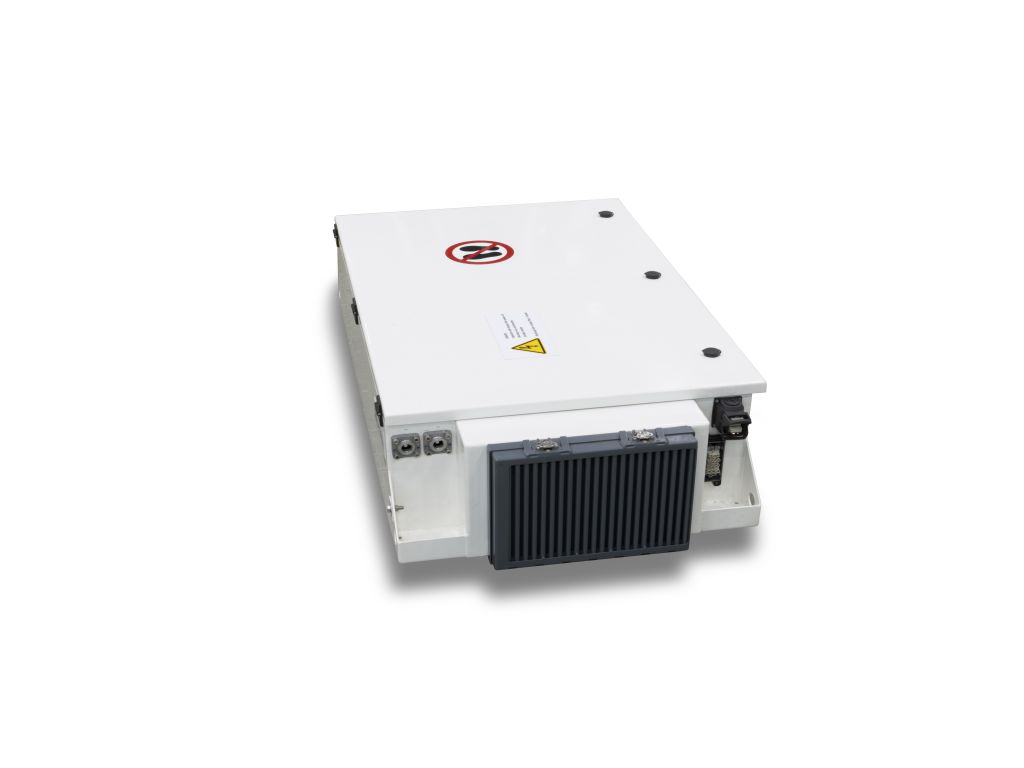
The KIEPE Isolating Converter (KIC) is a galvanically isolated DC/DC converter that charges the battery via the overhead line while driving. The double isolation ensures reliable protection for both the vehicle and the battery. The KIC is compact, versatile, and ideal for converting a bus into an In Motion Charging (IMC®) vehicle.
Advantages of IMC® Technology
- Less battery capacity required = lower investment costs
- More space in the bus due to a lighter system
- Higher passenger capacity with trolleybuses up to 24 meters long
- Potential 24/7 operation without charging in the depot
- Reduced power surges compared to depot charging
- Longer vehicle lifespan – 15 years or more possible
- Able to handle steeper inclines than other public transport vehiclesr
KIEPE – Your Partner for Future-Proof IMC® E-Bus Technology
With more than 60 years of experience in the electrification of rail and road vehicles worldwide, KIEPE is one of the leading providers of electric drive systems. With its own eBus HPC platform, we offer both system solutions and customized expertise for the requirements of modern electric buses up to 24 meters in length and soon beyond. Additionally, KIEPE is your partner for the entire lifecycle of your vehicles: from modernization and specialized charging solutions to exceptional after-sales service, all from a single source. Our expert team supports you in every phase of your vehicle electrification journey.
Shaping Your Bus Fleet Efficiently and Sustainably
The future-proof IMC® technology with patented components from KIEPE offers you maximum flexibility, safety, and efficiency. Get personalized advice now and discover the right solution for your specific application!
The effort is minimal, as essentially only two main components are integrated: the KIEPE Smart Current Collector and the KIEPE Isolating Converter. KIEPE provides technical support for integration and commissioning.
![[Translate to English:] Rail vehicle electrification & technology](/fileadmin/_processed_/c/a/csm__ahe0223_928aee05ca.webp)
![[Translate to English:] Systems and components for electric buses](/fileadmin/_processed_/2/1/csm_kti_201_aha4631_neu_c9e1440ace.webp)
![[Translate to English:] Charging infrastructure solutions for e-mobility](/fileadmin/_processed_/2/c/csm_bildschirmfoto_2024-04-21_um_18.05.16_0ccd184362.webp)
![[Translate to English:] Modernization for many additional years of operation](/fileadmin/_processed_/3/4/csm_essen_4f49d40e59.webp)

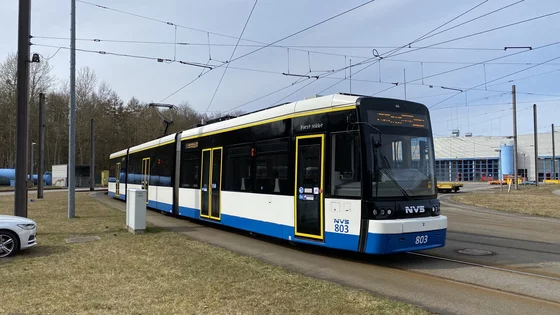
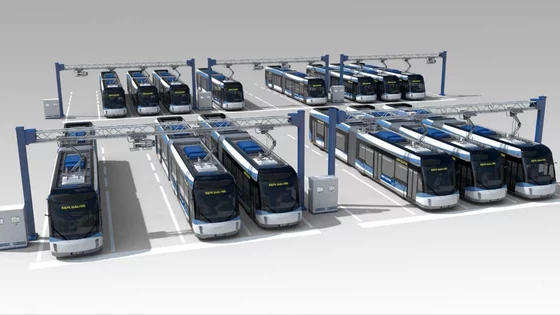
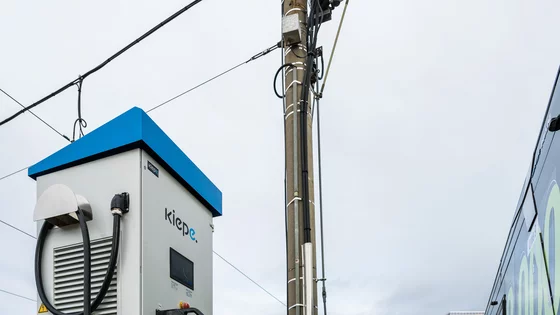
![[Translate to English:] eBus HPC Platform](/fileadmin/_processed_/3/a/csm_tzen4-corbeil-daniel_schmidt_kiepe_2_4bbdc37731.webp)
![[Translate to English:] In Motion Charging (IMC) Upgrade](/fileadmin/_processed_/b/b/csm_ksc_200-3_24fade6d2f.webp)
![[Translate to English:] Mining - Electrification](/fileadmin/_processed_/2/4/csm_istock-2116815690_26a2a95fa5.webp)

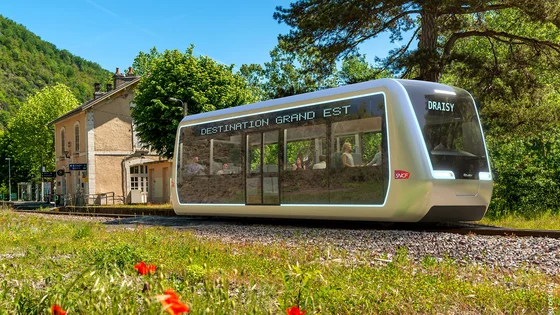

![[Translate to English:] ESU - Schalke](/fileadmin/_processed_/b/3/csm_schalke_project_2024_af42a053b0.webp)
![[Translate to English:] SmartHybrid - Vossloh DE 18](/fileadmin/_processed_/d/8/csm_vossloh_rolling_stock_de_18_370b5f1326.webp)







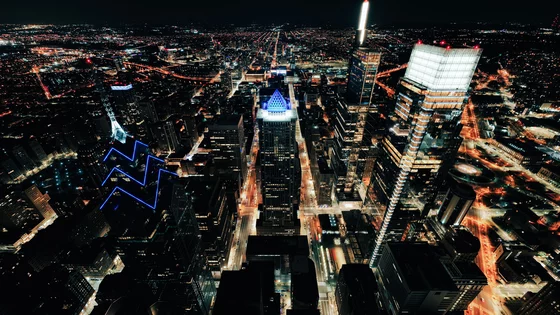



![[Translate to English:] Milano](/fileadmin/kiepe_website/solutions/cities/dome-miliano-pixabay-bici-3738653_1920.jpg)
